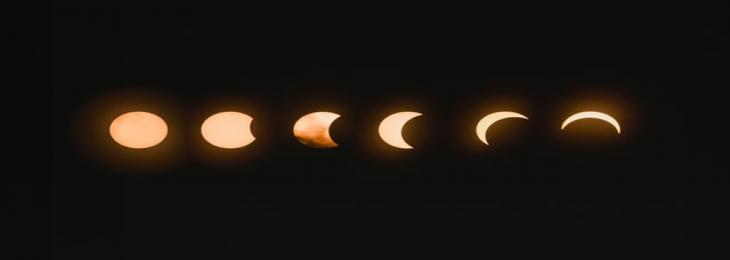
The moon provides the perfect setting for the best observatory for gravity waves since it requires an atmosphere and significant seismic noise which lase interferometers on Earth can mitigate at high cost.
Gravitational waves are difficult to detect, these waves are often submerged in the very fabrication of space by reference vibrations from earthquakes, traffic and other human activities. Now, two astrophysicists have suggested a different place, the moon, which could be significantly quiter. Some of the world’s most vibrant events, including the crashes among black holes and neutron stars, generate gravity waves.
However because these cataclysms happen hundreds of millions of light years distant, the waves that sweep over the Earth, modify truth by small quantity and are as little as a thousandth of a proton’s diameter. Instruments as sensitive as LIGO and Virgo are required to detect them. These services transmits laser down tunnels of 4 km, bounce them off reflectors and measure the way light reflects the detectors. When a gravity wave travels, that laser beam twitches always so slightly, and researchers are able to learn amazing knowledge. The issue is that the Earth is preoccupied. It is still prone to sound and reverberation from the atmosphere around them, even when they are deep down in the ground.
Now, a couple of astrophysicians have defended a gravity wave system on the Moon. The lunar surface has several beneficial applications organically that are not very replicable here on Earth, says Avi Loeb of Harvard and Karan Jani of Vanderbilt University. The facility will have almost total lack of ecological involvement and is called as the Gravitational Wave Lunar Observatory for Cosmology (GLOC). For the start, there is still no human influence, and even with future crew operations, plenty of time is left to establish a spot away from the turmoil. Natural interference is also much less common. Lunar tremors are much weaker and less common than their Earthly equivalents, and the void of space does not require research like these to be performed here on the Earth. This study was authored in the Journal of Cosmology and Astroparticle Physics.






